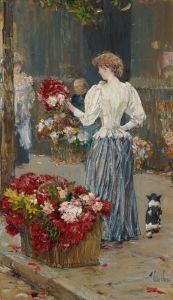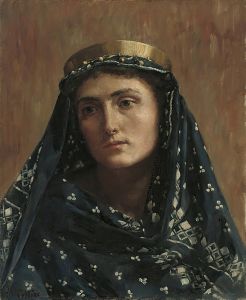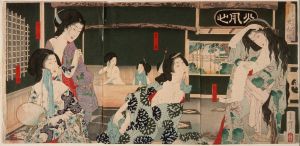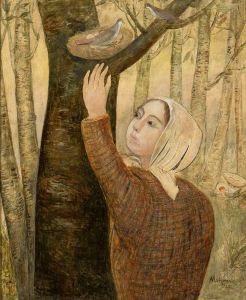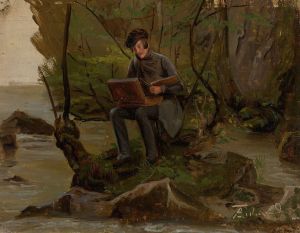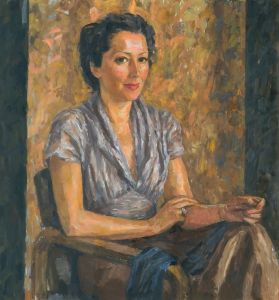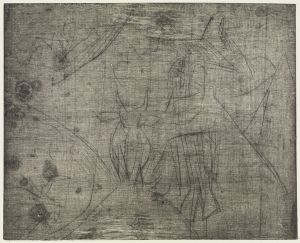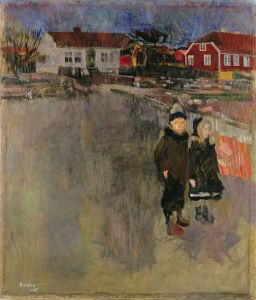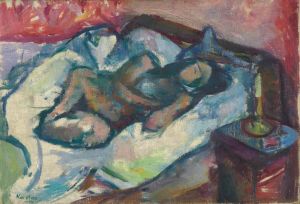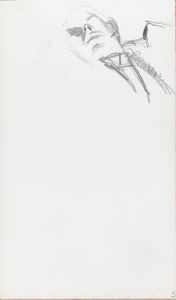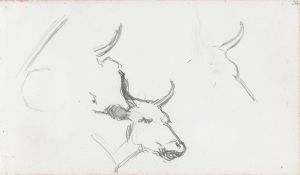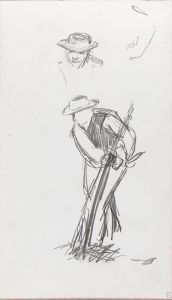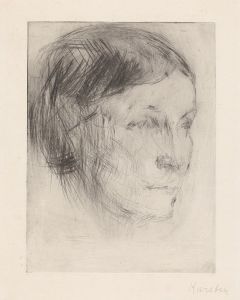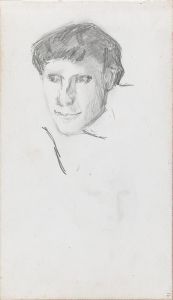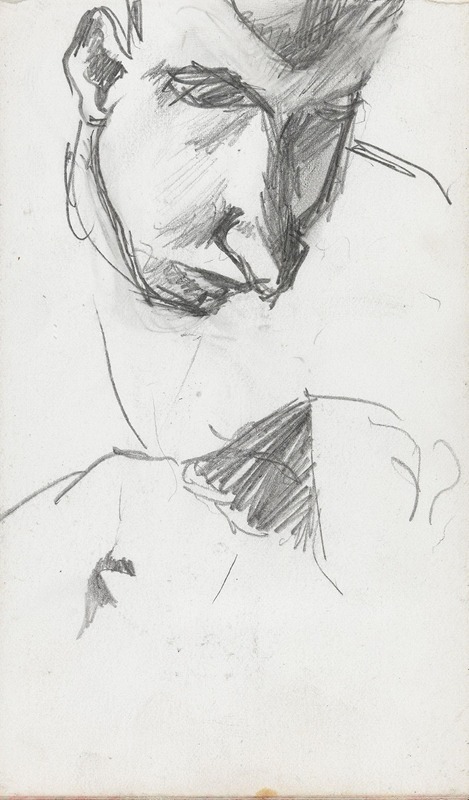
Mannshode
A hand-painted replica of Ludvig Karsten’s masterpiece Mannshode, meticulously crafted by professional artists to capture the true essence of the original. Each piece is created with museum-quality canvas and rare mineral pigments, carefully painted by experienced artists with delicate brushstrokes and rich, layered colors to perfectly recreate the texture of the original artwork. Unlike machine-printed reproductions, this hand-painted version brings the painting to life, infused with the artist’s emotions and skill in every stroke. Whether for personal collection or home decoration, it instantly elevates the artistic atmosphere of any space.
Ludvig Karsten was a prominent Norwegian painter known for his expressive and colorful style, which was influenced by both Impressionism and Post-Impressionism. Born on May 8, 1876, in Oslo, Norway, Karsten became a significant figure in the Scandinavian art scene during the early 20th century. His works often depicted everyday scenes and landscapes, characterized by bold brushwork and vibrant colors.
One of Karsten's notable works is "Mannshode," which translates to "Man's Head" in English. This painting exemplifies Karsten's skill in capturing human expression and emotion through his distinctive use of color and form. While specific details about the painting "Mannshode" are limited, it is consistent with Karsten's broader oeuvre, which often focused on portraiture and the human figure.
Karsten studied art in Paris, where he was influenced by the works of contemporary French artists. This exposure to the avant-garde movements of the time played a crucial role in shaping his artistic style. He was particularly inspired by the works of Henri Matisse and the Fauvist movement, which emphasized painterly qualities and strong color over representational accuracy.
Throughout his career, Karsten was known for his ability to convey intense emotion and psychological depth in his portraits. His use of color was not merely decorative but served to enhance the emotional impact of his subjects. This approach can be seen in "Mannshode," where the interplay of color and form likely contributes to the portrayal of the subject's inner life.
Karsten's work was not always well-received during his lifetime. His bold style and departure from traditional techniques were sometimes met with criticism. However, he was also celebrated for his innovative approach and his ability to capture the essence of his subjects. Over time, his contributions to Norwegian and Scandinavian art have been increasingly recognized and appreciated.
In addition to his portraits, Karsten also painted landscapes and still lifes, often imbuing them with the same vibrant energy and emotional intensity found in his figurative works. His ability to blend elements of Impressionism and Expressionism allowed him to create a unique visual language that resonated with viewers.
Ludvig Karsten's legacy is marked by his commitment to exploring the emotional and psychological dimensions of his subjects through color and form. His work continues to be studied and admired for its contribution to the development of modern art in Norway and beyond. Although specific information about "Mannshode" is limited, it remains an important part of Karsten's body of work, reflecting his artistic vision and the broader trends of his time.
Karsten passed away on October 19, 1926, but his influence on the art world endures. His paintings are held in various collections and continue to be exhibited, allowing new generations to appreciate his innovative approach to art.





